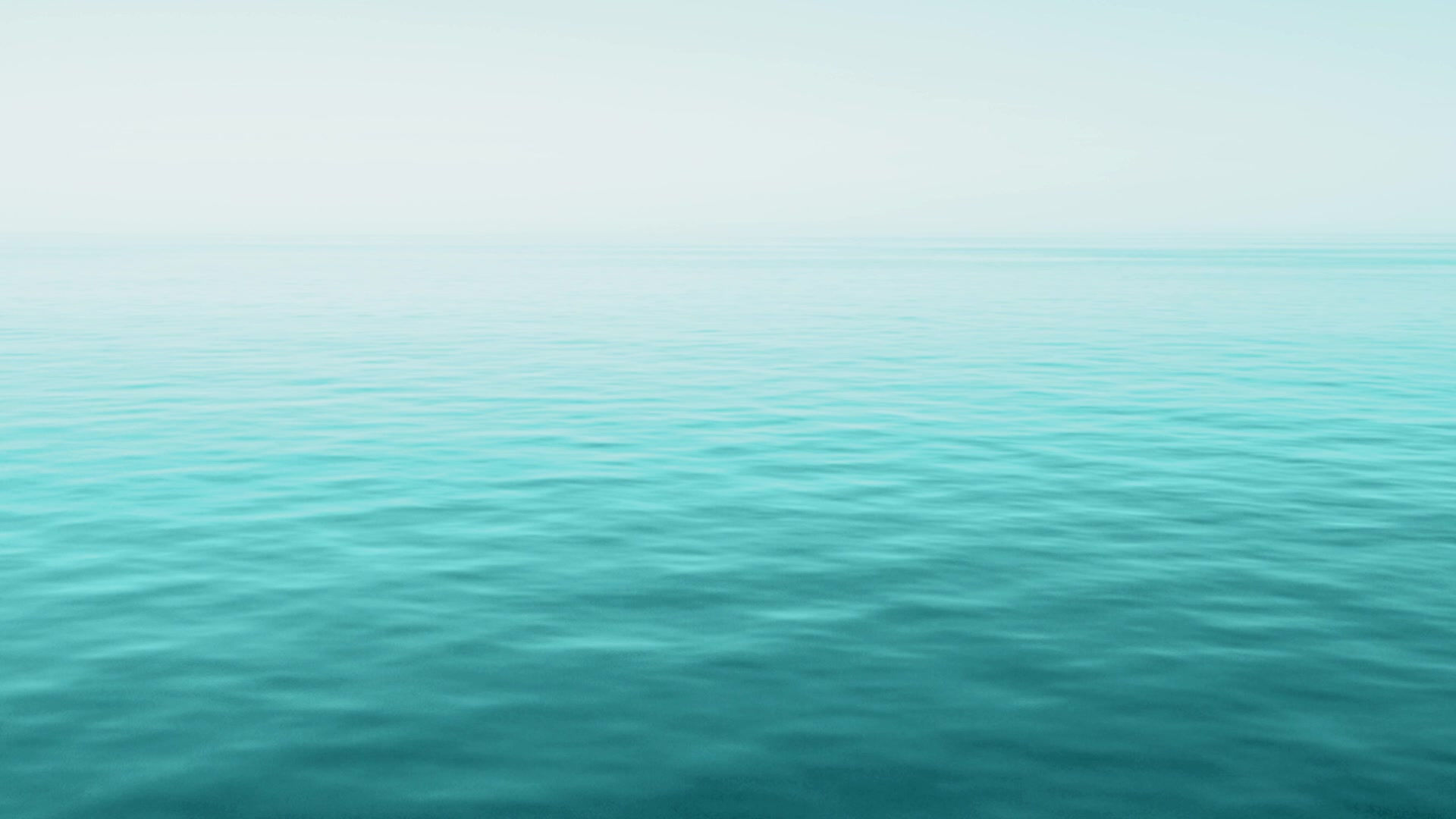
Basic Color Wheel:
Primary colors: Red, blue, yellow
Secondary colors: Green, orange, purple
Tertiary colors: Mixtures of primary and secondary colors
Color Relationships:
Complementary colors: Opposite on the color wheel (e.g., blue and orange)
These create high contrast and visibility
Analogous colors: Adjacent on the color wheel (e.g., blue, blue-green, green)
These create natural-looking gradients
Warm vs. Cool Colors:
Warm colors (red, orange, yellow) are often associated with active, aggressive lures
Cool colors (blue, green, purple) can mimic natural prey or work well in clear water
Color Visibility Underwater:
Red light disappears first as depth increases, followed by orange, yellow, green, and blue
This affects how lure colors appear at different depths
Contrast and Silhouette:
High contrast between dark and light areas can create a strong silhouette
This is especially important in murky water or low light conditions
Color Brightness and Saturation:
Bright, saturated colors can trigger reaction strikes
Muted, natural colors often work better in clear water or for pressured fish
Fluorescent and UV Colors:
These colors absorb UV light and re-emit it, appearing to "glow"
They can increase visibility, especially in low light or deep water
Metallic and Pearl Finishes:
These mimic the reflective qualities of fish scales
They can create attractive flashes that trigger strikes
Color Psychology:
Some anglers believe certain colors trigger different behaviors in fish
For example, red might provoke aggression, while green could appear natural and non-threatening
Adapting to Conditions:
Bright days: Use more subtle, natural colors
Overcast days: Opt for brighter, more visible colors
Clear water: Natural, translucent colors often work best
Stained water: Brighter, more opaque colors can increase visibility
Remember, while color theory provides a good starting point, fish behavior can be unpredictable. It's always worth experimenting with different color combinations to see what works best in your specific fishing conditions.



Kommentare